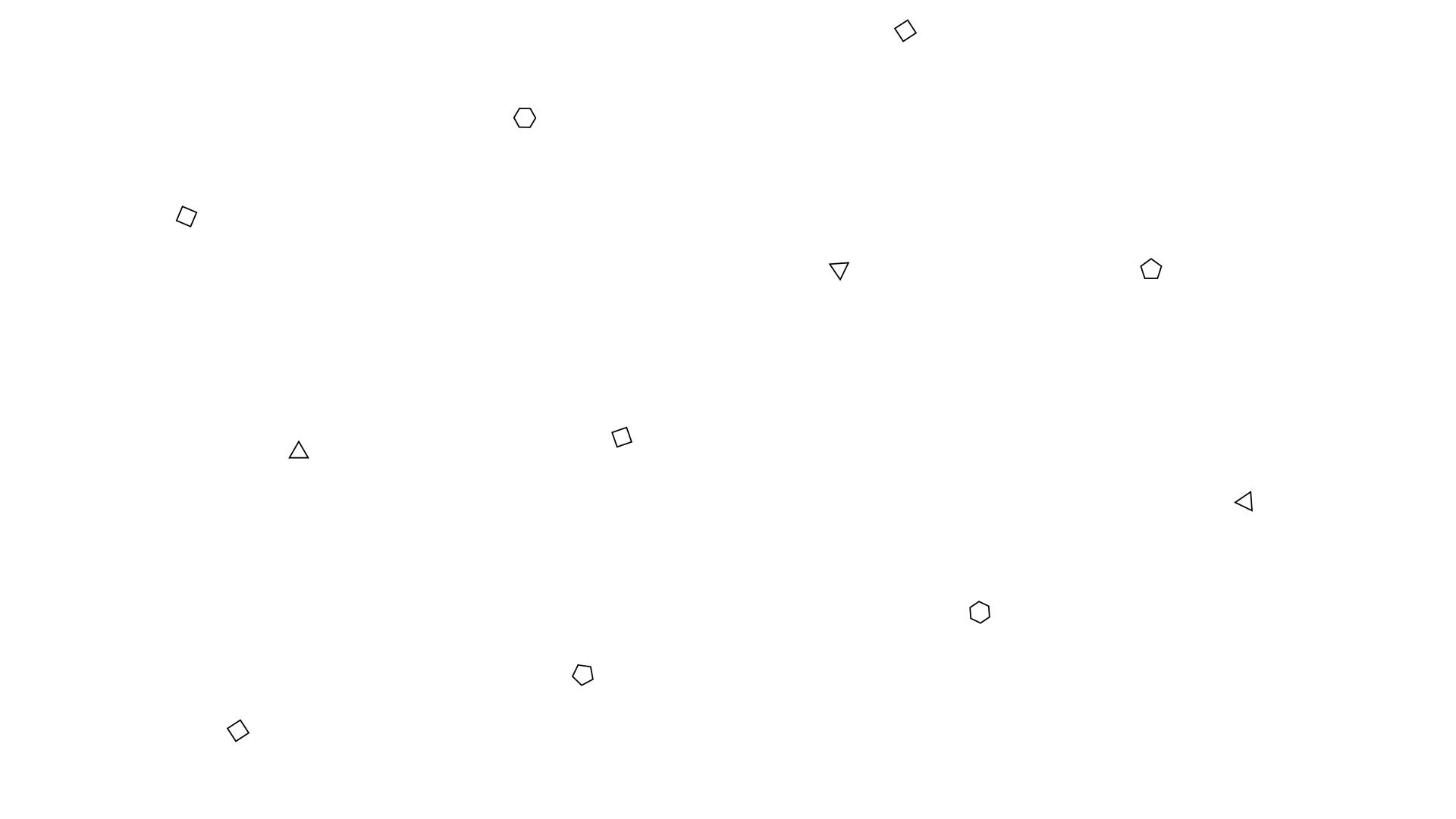
During the Summer of 2017, I was 1 of 11 students from across the country to partake in the CyberHealthGIS Research Experience for Undergraduates (REU) at Texas A&M University. This 10-week, multidisciplinary program allowed each student to conduct individual, NSF funded research projects in the fields of computer science, public health, and geographic information sciences giving me the opportunity to combine my interests in natural disasters and GIS.
Throughout 2017-2021, this research project has evolved from preliminary statistical analysis
to thorough spatial analysis with the magic of GIS and a great team of people. As of March 2021, this paper was published in the Professional Geographer journal associated with AAG. See below for the related presentations and awards associated with this research.

This research was published in the Professional Geographer journal in March of 2021, which can be found here.
A paper presentation on the final findings were presented at the 2020 Annual SWAAG Conference that was conducted virtually in November. See the presentation here.
The new poster was presented at the 2020 Annual AAG Conference that was scheduled to take place in Denver, Colorado in April, but was conducted virtually. See more here.

An updated version of this abstract was accepted for the WADEM Congress 2019 in Australia for an oral presentation that took place May 7, 2019. See WADEM's website or check out the presentation here.
The updated version of this abstract was published in the Cambridge University Press' Prehospital and Disaster Medicine Journal on behalf of WADEM in May 2019, which can be found here.

This research was accepted to the IPRED V Conference in Tel Aviv, Israel, for an
oral presentation that took place Jan 16, 2018. See IPRED's website or check out the presentation here.
This abstract was published in IPRED V's Abstract eBook (pg.185) in January 2018 which can be found here.

The original poster won First Place at the Texas A&M GIS Day Poster Competition in 2017. See more about this event here, or check out the poster below.

Official CyberHealthGIS program description:
"Thirty REU students will be engaged in critical and current research problems, advancing student-led discovery, while promoting teaching and training through a hands-on research and mentoring program. The program will advance discovery, while promoting training and learning through a problem-based and hands-on undergraduate research and mentoring program that is intended to build independence and confidence in research. Research results will advance Cyber-HealthGIS, addressing both theoretical and methodological shortcomings this field. Expected outcomes include joint faculty-student publications in research journals, seminars, and conferences, and student presentations of their research. This project will fill a critical US workforce gap by creating a cohort of students trained and interested in pursuing research and scientific careers at the intersection of several important research domains. This project will make freely available examples of prototype applications, thereby advance the capabilities Cyber-HealthGIS research.
This project is supported by a grant from the US National Science Foundation (NSF Project# 1560106)."
More information about the program can be found at
http://cyberhealthgis.tamu.edu/
A personal blog following my research process & experience within the program can be found at
Check out a video of my work within the CyberHealthGIS program.
DESIGN PROCESS OF THE RESEARCH POSTER
I chose to combine a serif and san-serif font for the title to provide contrast and deviate from the normal font trends.
The color choices made for the title were based in a goal of contrast, as yellow and purple are opposing colors, and blue aids a contrasting yet complimentary setting. The "and" and "of" were also colored specifically to continue the theme of contrast, but so to be more subtle and keep attention on the main words of the title.
The headings of each section are colored in an ombré color succession, to create a natural flow to the poster, further enforced with the gray arrows. The arrows are colored to fade in the background and fill a little extra whitespace.
What makes this poster most distinct is its circular theme, my favorite part! Each circle coincides with the information described in the text next to it, and enhances the natural flow of the poster.
The words curving around the circles give the overall look a softness that straight-columned paragraphs would have cut through, enhancing the circular theme even more.


